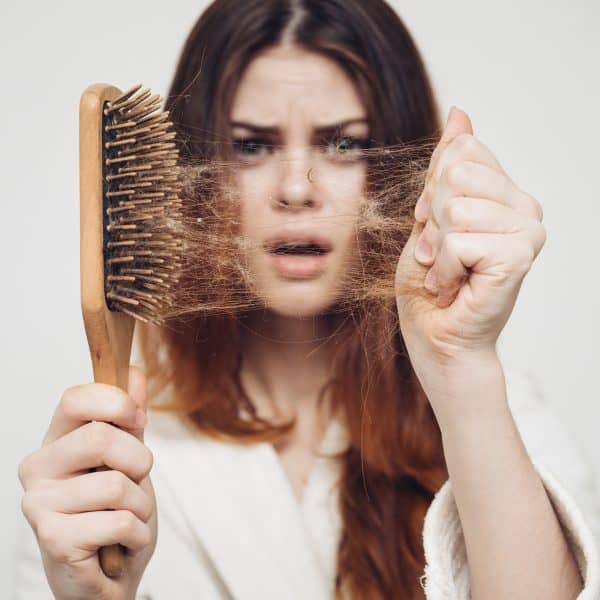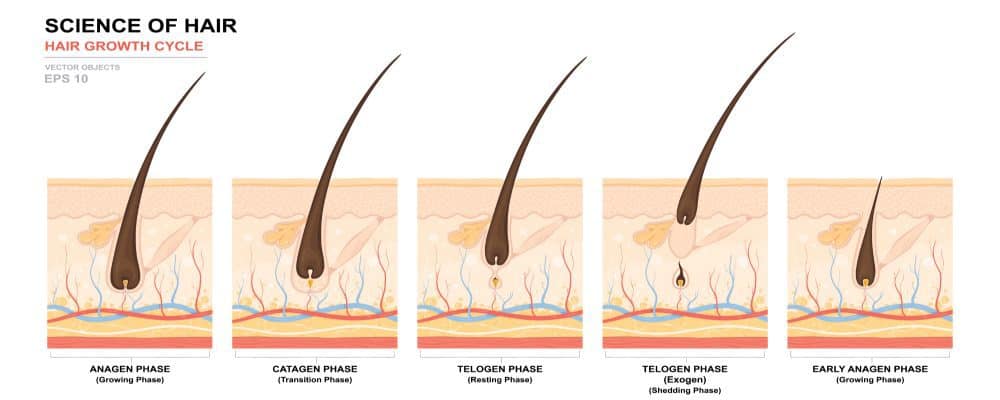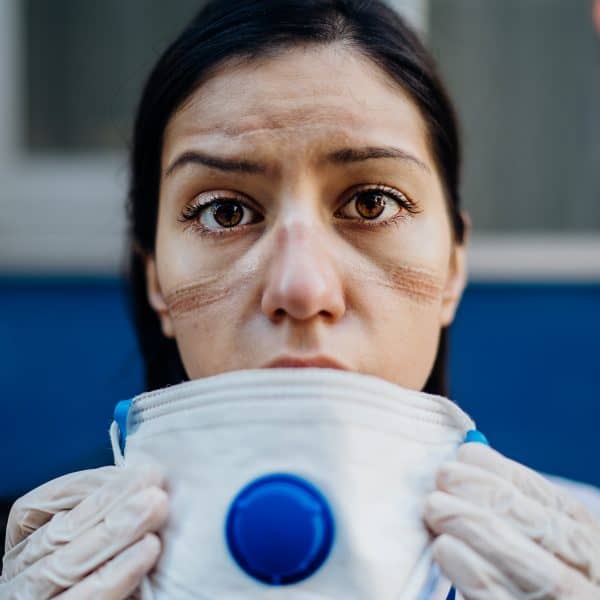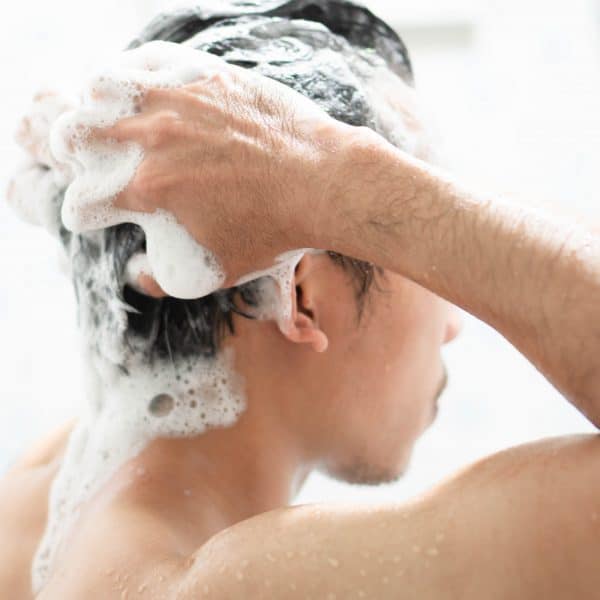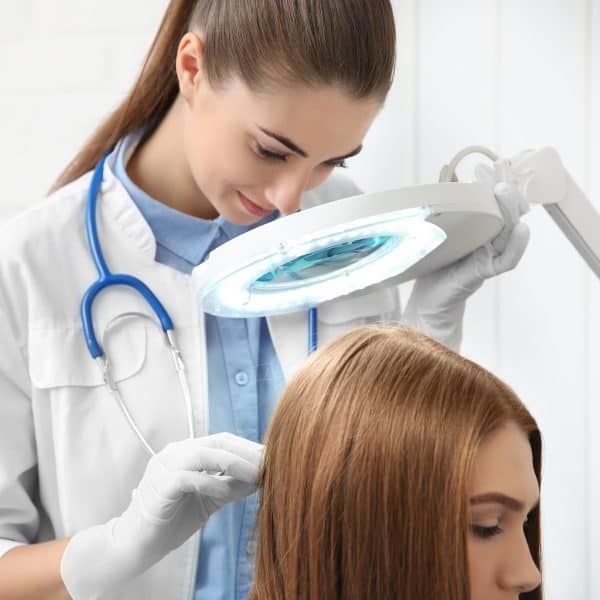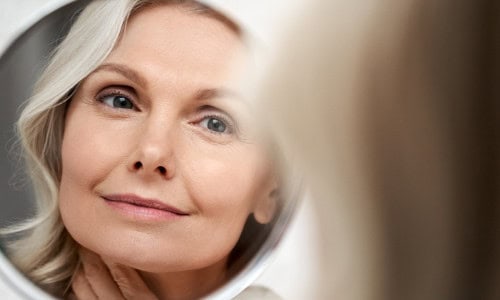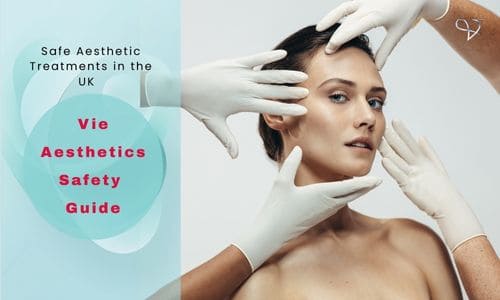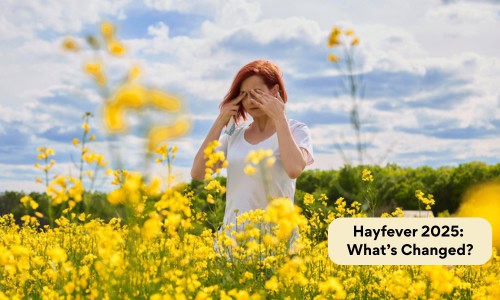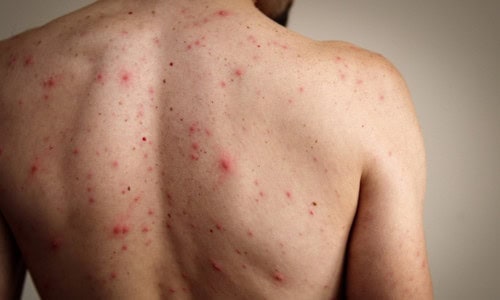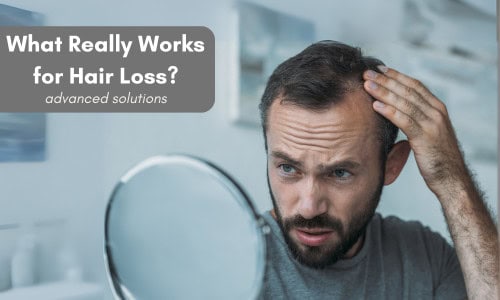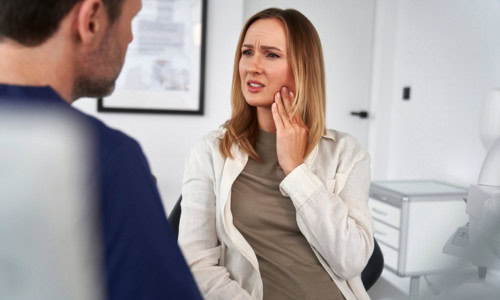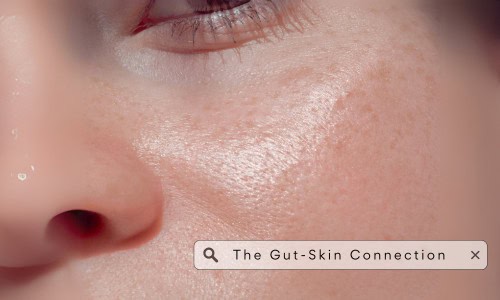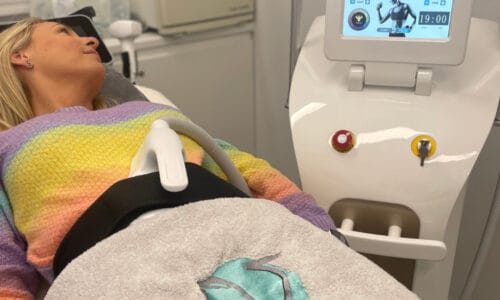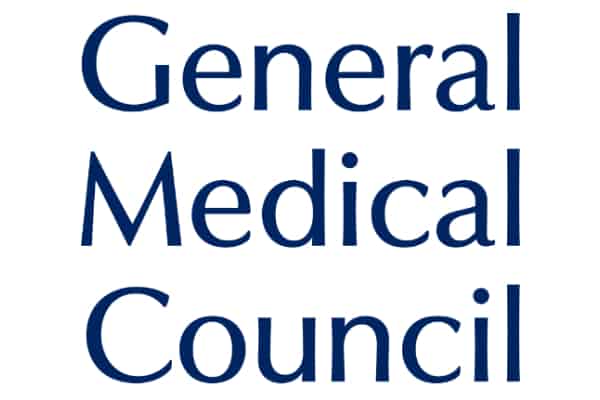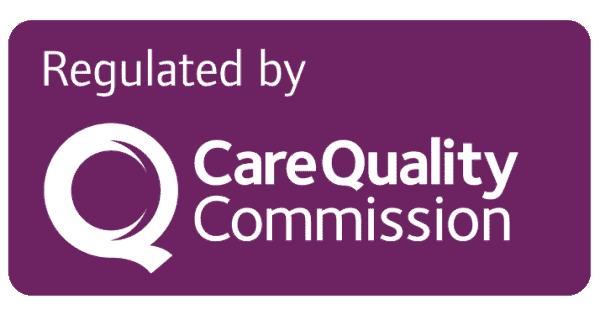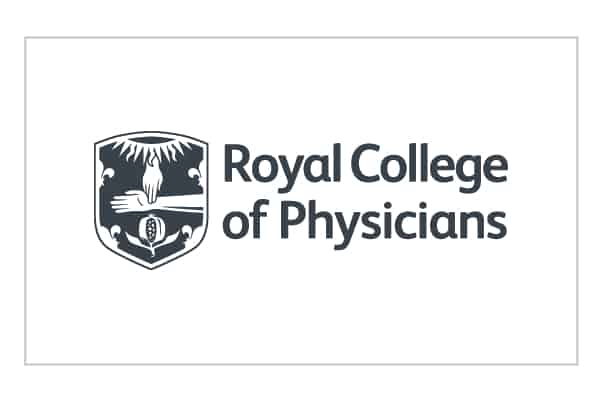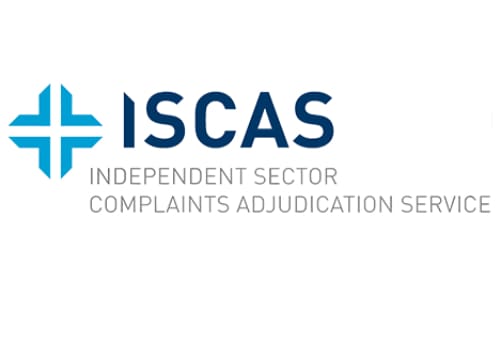The hair cycle and Telogen Effluvium
Most people on average lose between 50 to 100 hairs a day. Hair loss/growth occurs in cycles. Around 85% to 90% of your hairs will usually be in the growth or “Anagen” phase at any one time. Up to 5% can be in the transition or “Catagen” phase. And around 10% can be in the resting/shedding or “Telogen” phase. In a healthy hair cycle, the latter phase means they are making way for new ones to come through.
Telogen Effluvium (TE) is a temporary condition in which external factors disrupt this cycle. It can lead to as many as 50% hairs entering the shedding phase at once, which results in rapid hair fall. Triggers can include severe emotional stress, illness or high fever, physical shock (caused by an accident or surgery, for example), sudden weight loss, hormonal changes and vitamin deficiencies caused by diet.
Hair cycles move slow. The impact on your hair fall from severe stress is typically delayed. Therefore, it may some weeks or even several months may have passed before shedding manifests. That may make it even more challenging to identify.
TE is the second most common type of hair loss. Unlike the most common variety, the genetic condition known as androgenetic alopecia, or “pattern baldness”, TE hair fall does not follow any distinguishing pattern as such. It occurs all over the scalp and often falls out in patches. But if there is one comforting prospect to all this: the hair cycle usually corrects itself over time and hair regrows.


